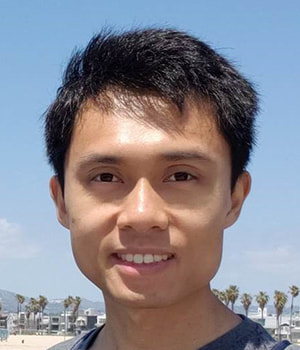Abstract
Skin conditions affect 1.9 billion people. Because of a shortage of dermatologists, most cases are seen instead by general practitioners with lower diagnostic accuracy. We present a deep learning system (DLS) to provide a differential diagnosis of skin conditions using 16,114 de-identified cases (photographs and clinical data) from a teledermatology practice serving 17 sites. The DLS distinguishes between 26 common skin conditions, representing 80% of cases seen in primary care, while also providing a secondary prediction covering 419 skin conditions. On 963 validation cases, where a rotating panel of three board-certified dermatologists defined the reference standard, the DLS was non-inferior to six other dermatologists and superior to six primary care physicians (PCPs) and six nurse practitioners (NPs) (top-1 accuracy: 0.66 DLS, 0.63 dermatologists, 0.44 PCPs and 0.40 NPs). These results highlight the potential of the DLS to assist general practitioners in diagnosing skin conditions.
Skin conditions affect 1.9 billion people. Because of a shortage of dermatologists, most cases are seen instead by general practitioners with lower diagnostic accuracy. We present a deep learning system (DLS) to provide a differential diagnosis of skin conditions using 16,114 de-identified cases (photographs and clinical data) from a teledermatology practice serving 17 sites. The DLS distinguishes between 26 common skin conditions, representing 80% of cases seen in primary care, while also providing a secondary prediction covering 419 skin conditions. On 963 validation cases, where a rotating panel of three board-certified dermatologists defined the reference standard, the DLS was non-inferior to six other dermatologists and superior to six primary care physicians (PCPs) and six nurse practitioners (NPs) (top-1 accuracy: 0.66 DLS, 0.63 dermatologists, 0.44 PCPs and 0.40 NPs). These results highlight the potential of the DLS to assist general practitioners in diagnosing skin conditions.
Bio
Yun is a senior research scientist in Google Health. In this role he focuses on developing and validating machine learning for medical imaging across multiple fields: pathology, ophthalmology, radiology, and dermatology. Yun completed his PhD at Harvard-MIT Health Sciences and Technology, where he worked on predictive risk modeling using biomedical signals, medical text, and billing codes. He has previously also worked on predictive modeling for nucleic acid sequences and protein structures. Yun completed a B.S. in Molecular and Cellular Biology and Computer Science at Johns Hopkins University.
Yun is a senior research scientist in Google Health. In this role he focuses on developing and validating machine learning for medical imaging across multiple fields: pathology, ophthalmology, radiology, and dermatology. Yun completed his PhD at Harvard-MIT Health Sciences and Technology, where he worked on predictive risk modeling using biomedical signals, medical text, and billing codes. He has previously also worked on predictive modeling for nucleic acid sequences and protein structures. Yun completed a B.S. in Molecular and Cellular Biology and Computer Science at Johns Hopkins University.

